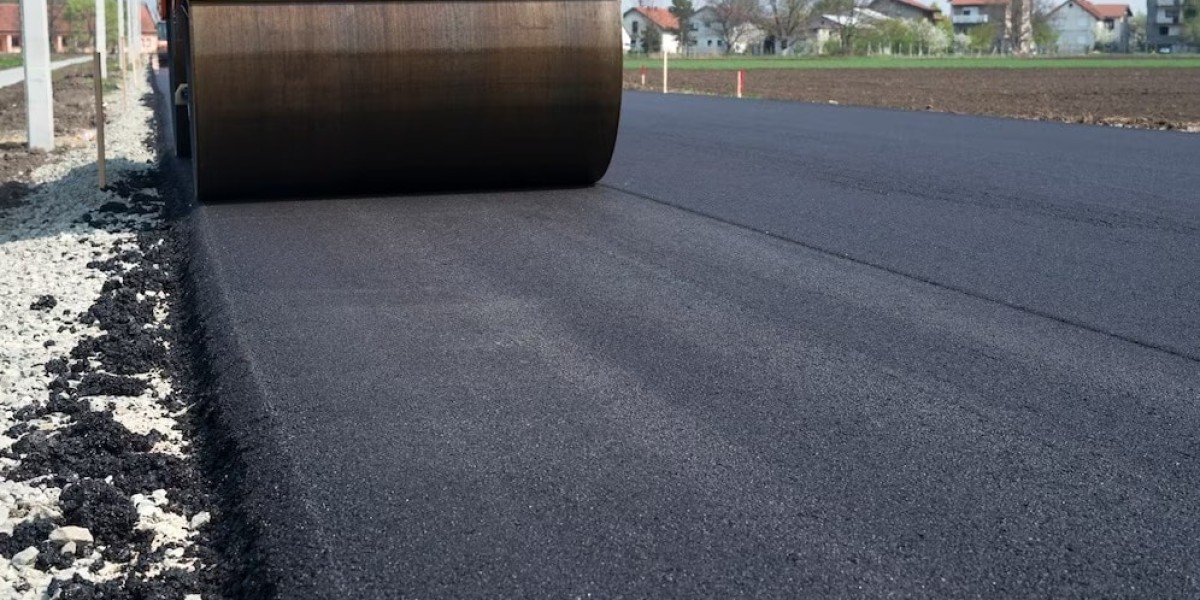Asphalt paving is one of the most widely used methods for constructing roads, driveways, and parking lots across the world. Known for its durability, cost-effectiveness, and ease of maintenance, asphalt remains the go-to choice for both residential and commercial paving projects. Whether you're planning to repave a small driveway or oversee a large-scale infrastructure project, understanding the basics of asphalt paving can help ensure long-lasting results.
What Is Asphalt?
Asphalt is a mixture of aggregates (like sand, gravel, or crushed stone) bound together with bitumen, a sticky, black petroleum-based material. When heated and applied properly, this combination forms a solid, durable surface that's resistant to wear and weather.
Benefits of Asphalt Paving
1. Durability and Strength
Asphalt surfaces can last 15 to 30 years with proper maintenance. They are especially effective in handling heavy loads and frequent traffic, making them ideal for commercial use and busy streets.
2. Cost-Effective
Compared to concrete, asphalt is more affordable to install and repair. The material itself is less expensive, and the installation process is generally quicker.
3. Quick Installation
Asphalt paving can often be completed in a day or two, and surfaces are ready for use shortly afterward. This minimizes disruption for homeowners or businesses.
4. Weather Resistance
Asphalt can expand and contract with temperature changes, reducing the risk of cracking. It also handles freezing and thawing cycles better than other materials.
5. Easy Maintenance
Cracks or holes in asphalt can be repaired easily with patching or sealcoating. Regular maintenance extends its lifespan and preserves its appearance.
The Asphalt Paving Process
1. Site Preparation
The area must be cleared of debris and vegetation. Proper grading ensures water drainage to prevent premature damage.
2. Sub-Base Installation
A strong sub-base layer supports the asphalt and provides stability. This layer is compacted thoroughly to avoid future settling.
3. Binder Layer (Optional)
In heavy-duty applications, a binder layer of large aggregate mixed with oil is installed for added strength.
4. Asphalt Layer Application
The hot asphalt mix is laid using a paving machine and smoothed out evenly. It is then compacted with a roller to ensure a flat, tight surface.
5. Final Inspection and Striping (If Needed)
For parking lots or public roads, markings and signs are added once the asphalt cools and cures.
Maintenance Tips for Asphalt Surfaces
Sealcoating: Apply a protective seal every 2–4 years to guard against moisture and UV damage.
Crack Filling: Address small cracks early to prevent them from widening or allowing water penetration.
Pothole Repairs: Fill in potholes promptly to maintain safety and prevent structural issues.
Regular Cleaning: Keep the surface clear of debris, leaves, and oil spills.
When to Choose Asphalt Over Concrete
Asphalt is generally preferred when speed, flexibility, and budget are priorities. It's also quieter to drive on and easier to maintain in regions with extreme climate conditions. However, concrete may be chosen for areas requiring high visual appeal or where reflective surfaces are desired.
Asphalt paving remains a practical and efficient solution for a wide range of surfacing needs. Its combination of affordability, speed, durability, and ease of maintenance makes it a top choice for residential and commercial projects alike. Whether you're installing a new driveway or upgrading a public roadway, working with experienced asphalt paving professionals ensures that the job is done right the first time.






